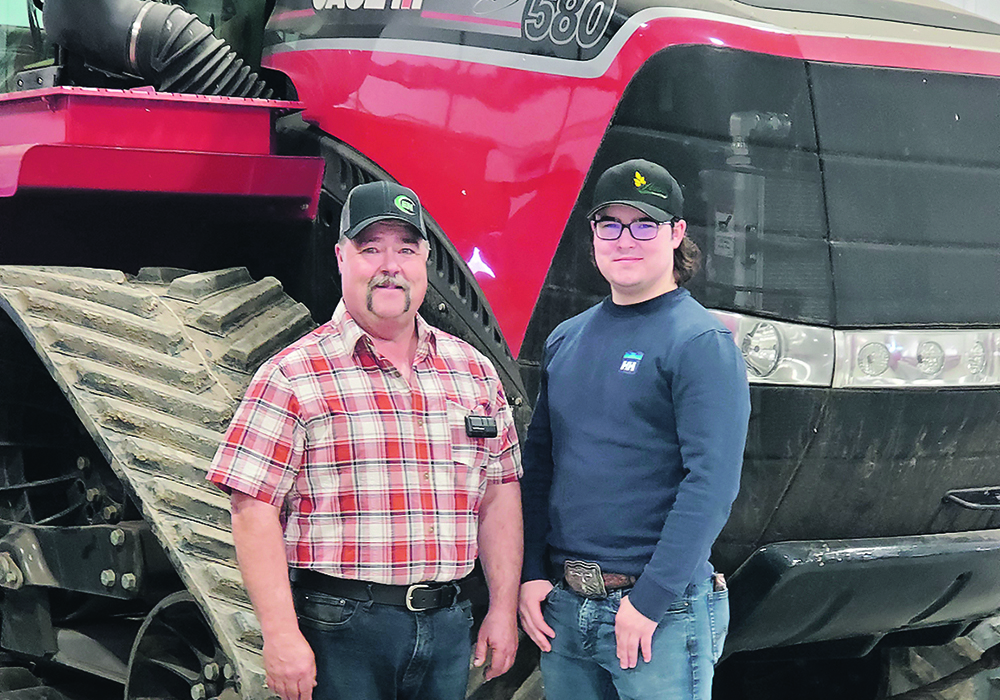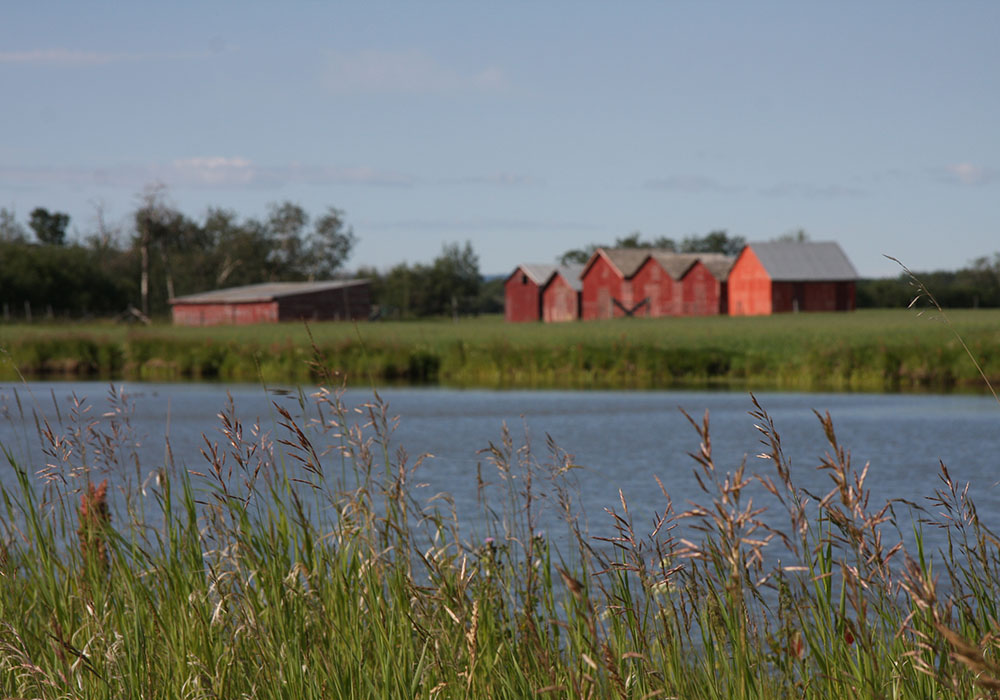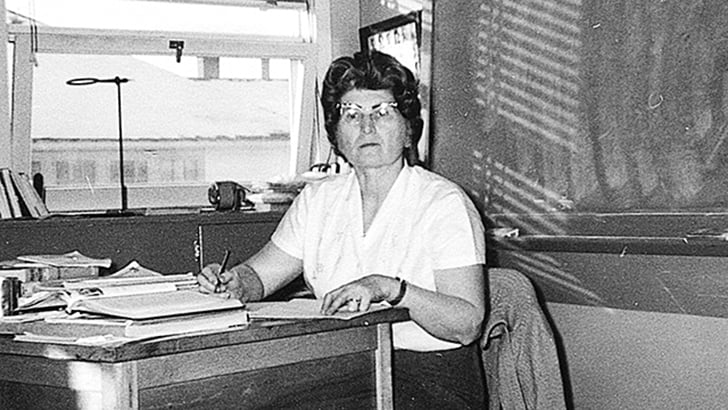Father, son work together | Management skills, equipment manufacturing sustain 10,000 acre farm
ELROSE, Sask. — It was love of agriculture that convinced Linden Hartman to get into farming at the age of 22.
But it was a combination of factors including opportune timing, family support and good management skills that helped to make it a stable, life-long career.
“I’ve always loved it,” said Linden, 29, who started farming seven years ago with help and encouragement from his father, Kim.
“When I first started, there were no young guys farming, but he really portrayed a positive picture of the whole situation…. That makes it a lot easier, when you know that you have support and backing when you come in.”
Read Also

Know what costs are involved in keeping crops in the bin
When you’re looking at full bins and rising calf prices, the human reflex is to hold on and hope for more. That’s not a plan. It’s a bet. Storage has a price tag.
Linden said more prairie kids are beginning to view farming as a viable, long-term career.
For years, agricultural statistics have suggested that the average age of Canada’s farmers is rising.
However, Linden said young farmers are becoming much more common in the Elrose area than a decade ago.
For him, the allure of farming began at a young age.
He had to use phone books and pillows to improve his view from the tractor seat when he first started helping on the family farm.
By 22, he was renting his own land and sharing machinery with Kim, who had taken over the farm from his father in the early 1980s.
Linden started his own farming company about four years ago. Together, he and his father farm 10,000 acres of owned and rented land.
The decision to put down roots in rural Saskatchewan could not have come at a better time for Linden, the third generation of Hartman boys to grow crops near Elrose.
When he got into farming, Linden was renting land for $3,000 to $4,000 per quarter section and lentils were selling for 40 cents a pound.
“The year that I started was the year that it all started to boom,” he said.
“It all worked out pretty good.”
Commodity prices are less attractive today, and cash rent in the Elrose area has at least doubled and in some cases tripled.
Nonetheless, the Hartman farm is on solid financial ground, thanks to the Hartmans’ strong managerial skills and to a lucrative sideline in equipment manufacturing.
K-Hart Industries, founded by Kim, has produced a variety of farm implements over the years.
The K-Hart double disc air drill is the biggest item in their product line.
The company produces and sells 20 to 25 units a year for farmers in Sask-atchewan, Alberta, the United States and Australia.
“I’ve just always liked manufacturing, and it was also a way of keeping full-time employees on the farm (during winter),” said Kim.
Unlike the old double disc drills that were used decades ago, the K-Hart drill is a low maintenance ma-chine that uses new disc technology to minimize downtime.
By reducing soil disturbance, the drill conserves moisture and reduces fuel consumption and horsepower requirements. The drills are gaining a loyal following among farmers in the southern Prairies, where moisture is always an important consideration.
Australia is another key market, comprising 30 percent of K-Hart’s business.
Kim said K-Hart is quick on its feet and can respond rapidly to customer demands because it is a small, family-owned manufacturer.
“We’re very grassroots and that’s part of our success, too, is that we’re small and we can react quickly to what people are looking for.”
As for the farming side of the operation, Linden said good management has been a key to the family’s success.
“That’s one of the things that we are really good at doing … is maximizing every dollar out of every acre that we have.”
Another critical factor is retaining a reliable workforce.
“When you live where we live, it’s an ongoing battle trying to get help out here, especially the kind of help that we want,” Linden said.
“There’s a lot of money going into the ground each year so you’ve got to trust the people you’ve got.”















